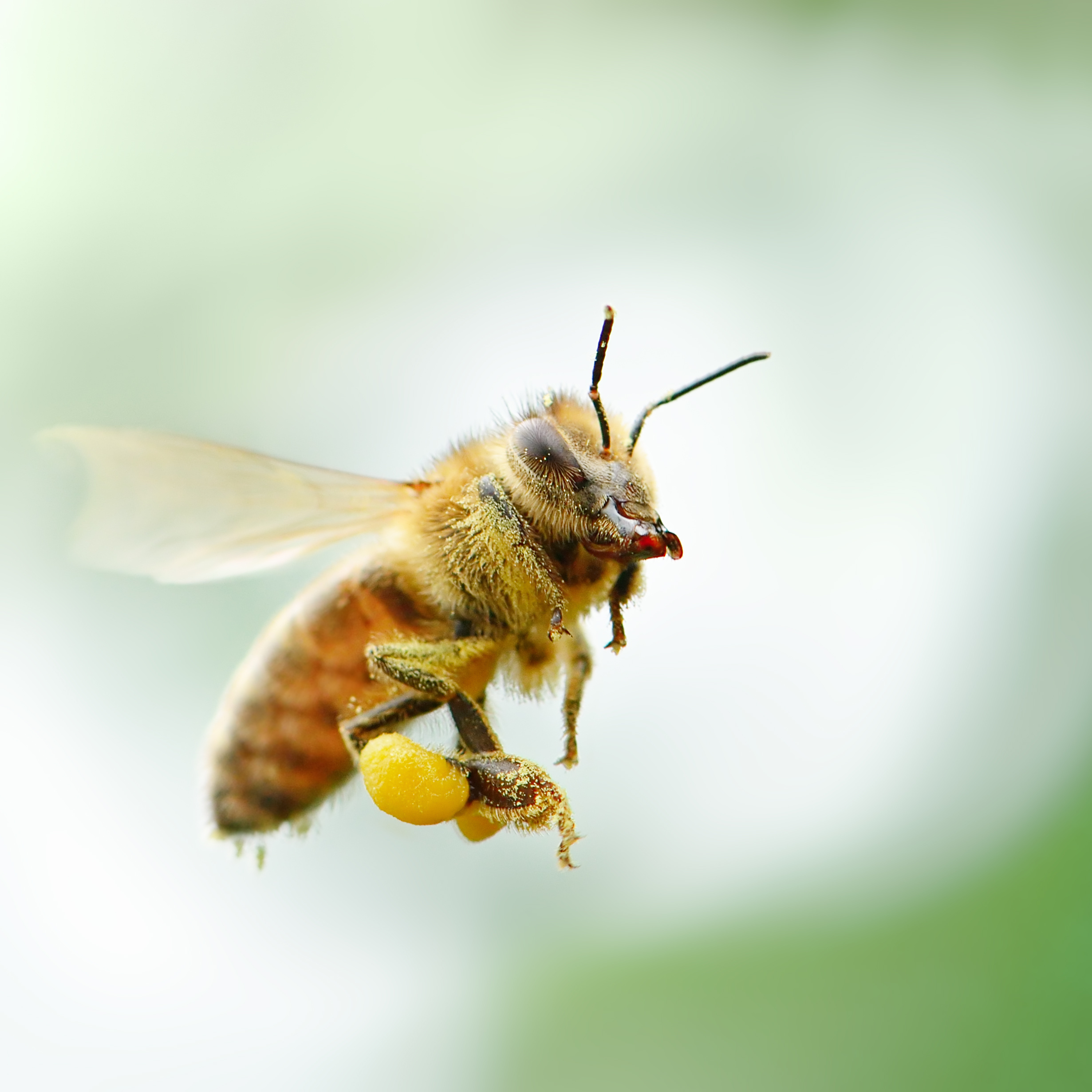USDA Releases Millions for Honey Bee Protection
March 05, 2020
More funding to help protect the honey bees! Read more...
The USDA has written a check for almost $70 million for the Plant Protection Act, which, among other areas, will go to help our honey bees. The money is meant to identify threats against nursey product and plant pest emergencies. In all, 396 projects will receive funding that will span across 48 states as well as D.C., Guam, and Puerto Rico.
Greg Ibach, Under Secretary for USDA's Marketing and Regulatory Programs, stated, "This program helps USDA build mutually beneficial partnerships with state governments, academic institutions, and other important agricultural cooperators across the country. Our cooperators use these USDA funds to conduct critical projects that keep U.S. crops, nurseries, and forests healthy, boost the marketability of agricultural products within the country and abroad."
Per RFD TV, here are the highlights of the funding:
• Exotic fruit fly survey and detection: $5,800,000 in Florida and California;
• Agriculture detector dog teams: $4,124,783 to programs in California, Florida, and Guam to enhance package inspections, and training for these detector dog teams.
• Forest pests: $1,758,938 for various detection, methods development, or outreach to protect forests from harmful pests in 24 states including Arkansas, Indiana, North Dakota and New Hampshire;
• Honey bee and pollinator health: $1,728,882 to protect honey bees, bumble bees and other important pollinators from harmful pests;
• Biosecurity: $1,167,022 to Texas to safeguard the border trade of agricultural shipments.
• Stone fruit and orchard commodities: $944,875 to support pest detection surveys in 16 states, including South Carolina and Rhode Island;
• Phytophthora ramorum and related species: $854,506 in 22 states and nationally for survey, diagnostics, mitigation, probability modeling, genetic analysis, and outreach;
• Grapes: $565,326 to enhance surveys for grape commodity pests and diseases in 17 states, including Tennessee and Washington; and,
• Citrus: $463,280 to support citrus commodity surveys in California and Louisiana.
The highlight of that funding, at least for us, is the almost $1.8 million that is specifically earmarked for honey bees. There will also be $15.5 million for “rapid response” if there is an instance of an “invasive pest emergency.” In fact, this allotment is one of the larger allotments being given on this front, as the USDA has spent about $600 million over the last decade.
We are far from out of the woods in terms of the health of the honey bee, but it does appear that we are heading in the right direction in terms of our government helping with a response. Hopefully, some of the outlier issues will be rectified soon and issues like the Varroa mite and these dangerous pesticides will be solved in the very near future.
Source: RFD TV


.jpg)



